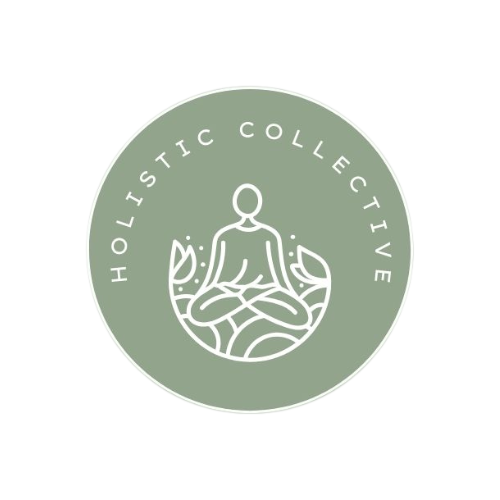Circle Process
Build understanding through equitable discussion and collective care
The Circle Process is a restorative practice that brings people together in a respectful, inclusive, and structured dialogue. Rooted in Indigenous traditions and widely used in community-building and conflict resolution, the circle creates space for each voice to be heard equally.
Unlike traditional mediation, a circle often includes not only the parties directly involved in a harm, but also others who are affected or can support the healing process—such as family members, pastoral support, or community members.
Guided by trained facilitators, the circle promotes deep listening, shared storytelling, and collaborative problem-solving. It can be especially effective for addressing group tensions, repairing harm, and fostering stronger relationships.
Benefits of the circle process:
Voluntary, inclusive, and non-adversarial
Creates a safe space for honest sharing and listening
Fosters empathy, connection, and mutual understanding
Encourages accountability and personal growth
Strengthens relationships and builds community
Supports healing and restoration after harm
Promotes equity through facilitation style
Circle Process: Step-by-Step
1. Intake & Preparation Meetings
Facilitators meet individually with each participant to explain the process, understand perspectives, and assess readiness.
Typically 1–2 sessions per person, scheduled over 1–2 weeks.
2. Circle Planning
Facilitators design the circle based on the needs of the group—deciding on location, participants, themes, and structure. A talking piece and shared values or guidelines are agreed upon before the circle takes place.
3. The Circle
Participants come together in a shared space. Sitting in a circle, they take turns speaking and listening using a talking piece. The facilitator will guide each round, following a structured outline, and creating space for organic topics to arise.
Circles generally last 2–4 hours, with longer or multiple sessions for more complex situations.
4. Closure & Optional Agreements
The circle may result in shared understandings, commitments, or action steps. These can be formalized if needed, but the emphasis is on mutual understanding and voluntary follow-through.
5. Follow-Up
Facilitators check in with participants to reflect on the experience, assess outcomes, and provide continued support if needed.
Follow-up typically occurs within 1–2 weeks.


